
Carbon Fiber Reinforced Thermoplastic Manufacturer
Carbon (Xiamen) New Material Co., Ltd. is committed to offering a series of customized services of carbon fiber composite materials, focusing on carbon fiber modified materials such as reinforcement, conductivity, anti-static, etc. to meet your various application demands. Main matrix resins: PA6, PA66, PA12, PPA, TPU, PPS, PEEK, PC, PP, ABS, PBT, PEI and PEEK, etc.
Crafted through advanced manufacturing processes, our plastics seamlessly integrate the strength and lightweight properties of carbon fiber with the versatility of engineering plastics, delivering unparalleled performance in demanding applications.
Our carbon fiber-modified plastics boast exceptional strength-to-weight ratios, making them ideal for applications where weight reduction and structural integrity are paramount. Whether used in automotive components, aerospace structures, sporting goods, or industrial machinery, our materials offer unmatched strength, stiffness, and impact resistance, ensuring reliable performance even in the most challenging environments.
Backed by rigorous testing and quality assurance protocols, our carbon fiber-modified engineering plastics stand as a testament to innovation and excellence, empowering industries to push the boundaries of what's possible. Explore the possibilities with our range of advanced materials and experience the difference in performance and reliability firsthand.
Product By Features
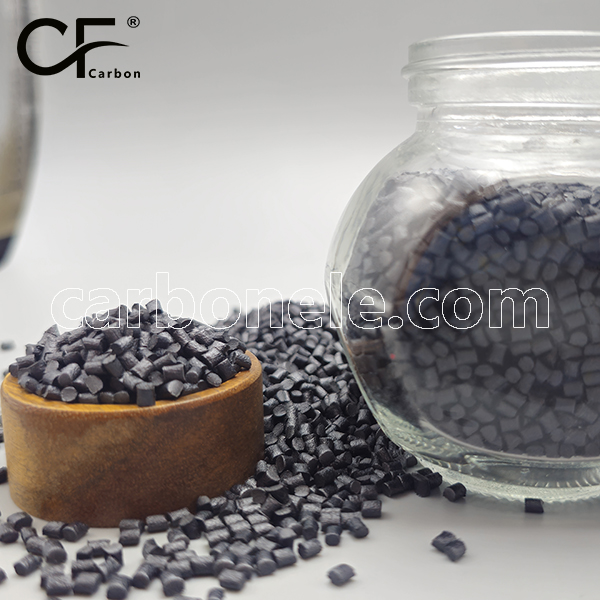
High-strength 30% Carbon Fiber Polylactic Acid ...
High-strength PLA CF 30 pellets, with 30% carbon fiber, are ideal for load-bearing components. They offer enhanced strength, good printability, nice surface quality, and dimensional stability, meeting diverse manufacturing needs.
Learn More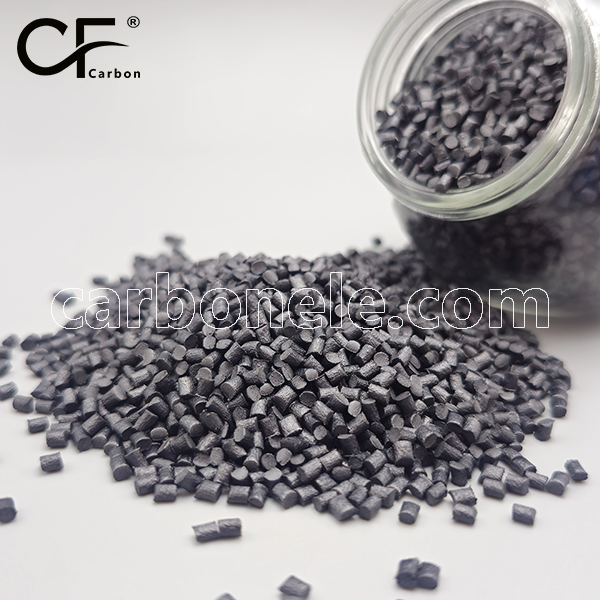
Carbon Fiber Polylactic Acid CF PLA Pellets for...
CF PLA Pellets have advantages like excellent mechanical properties, improved thermal ones, outstanding surface quality, good environmental performance and printing performance, making them useful in various fields.
Learn More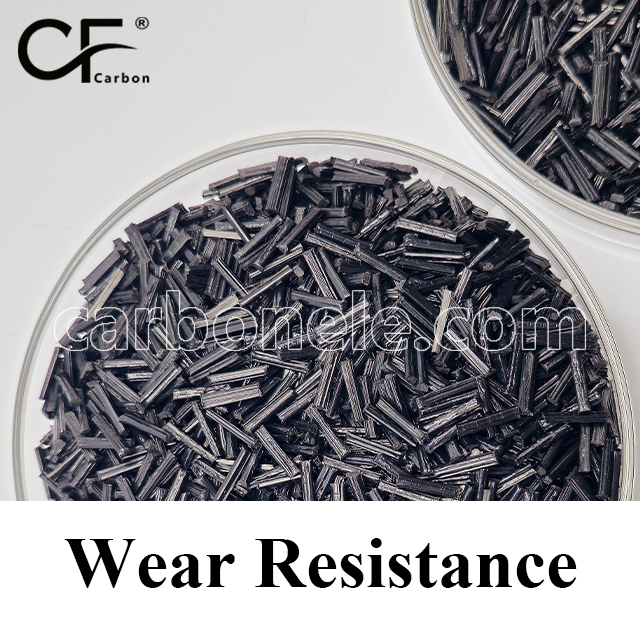
High-Performance Material PPA-LCF40
PPA-LCF40 is a high-performance plastic with 40% carbon fiber reinforcement, offering exceptional strength, stiffness, and thermal stability (up to 250°C). It is highly resistant to chemicals and wear, making it ideal for demanding applications in automotive, aerospace, and industrial manufacturing. It can be processed via injection molding and extrusion.
Learn More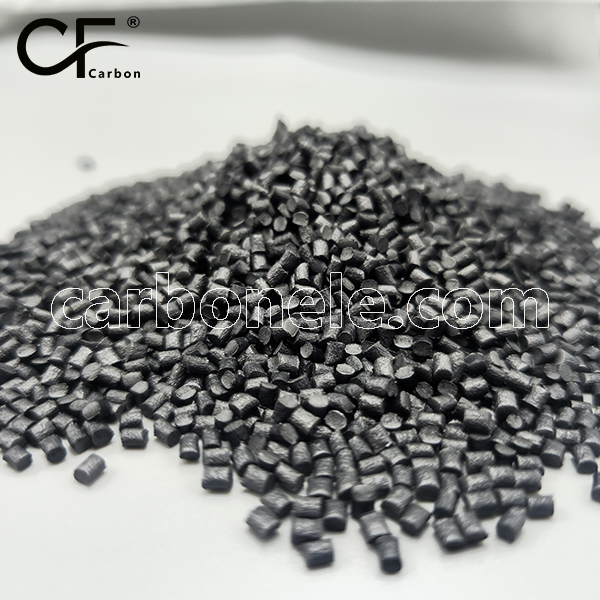
Eco-friendly 3D Printing Filament PLA CF Raw Ma...
3D Printing Filament PLA CF Raw Materials, combining PLA and CF, is biodegradable, sourced from plants, enhances performance with CF, meets eco and quality needs, and has broad prospects.
Learn More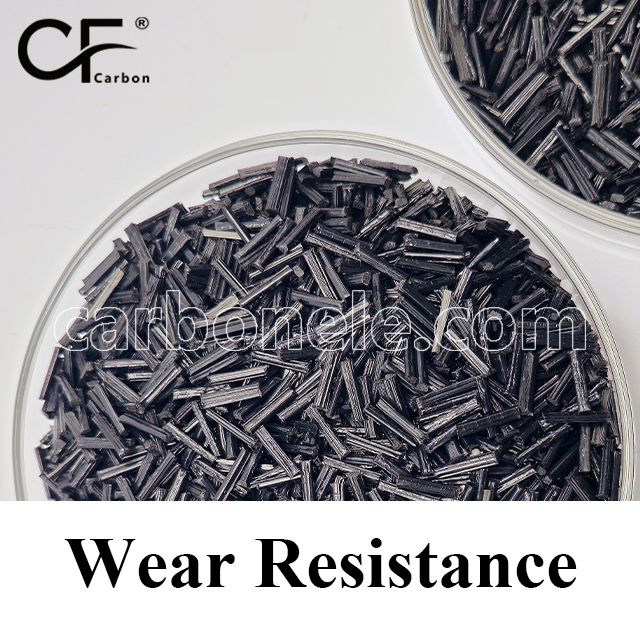
PPA-LCF30 High-Performance Material
PPA-LCF30 is a high-performance plastic with 30% carbon fiber reinforcement, providing excellent strength, stiffness, and dimensional stability. It performs well in high temperatures (up to 280°C) and harsh chemical environments. Ideal for automotive, aerospace, and industrial applications requiring durability, wear resistance, and chemical resistance.
Learn More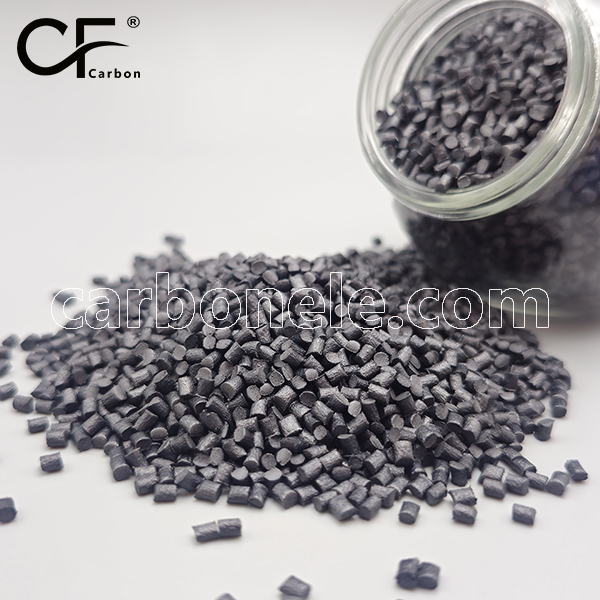
Biodegradable CF PLA Granules for 3D Printing F...
CF PLA Granules for 3D Printing Filaments has environmental advantages. Its biodegradable PLA from renewable plants reduces waste pollution and relies less on non-renewables, aligning with sustainable dev. in 3D printing.
Learn More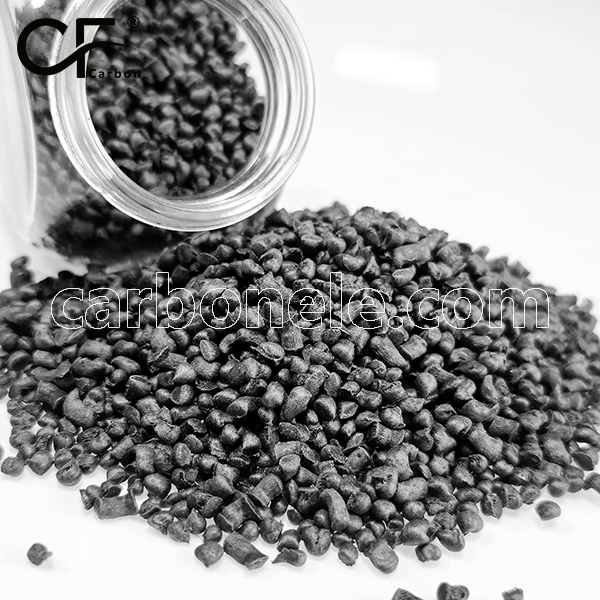
CFRTP Carbon Fiber TPU Granules TPU-CF Pellets
Carbon Fiber TPU Granules have high strength, improved stiffness, good impact resistance, enhanced thermal stability, wear, chemical and processing properties, plus lightweight, making them highly versatile.
Learn More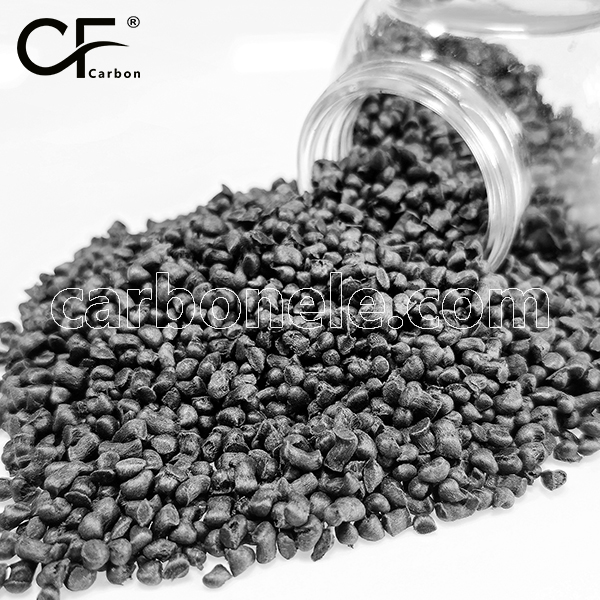
CF-TPU Raw Material Pellets
CF-TPU Raw Material Pellets have good mechanical, thermal and processing properties. Mechanical ones include enhanced strength etc., thermal ones involve improved stability etc., and processing ones cover pelletization and molding aspects.
Learn More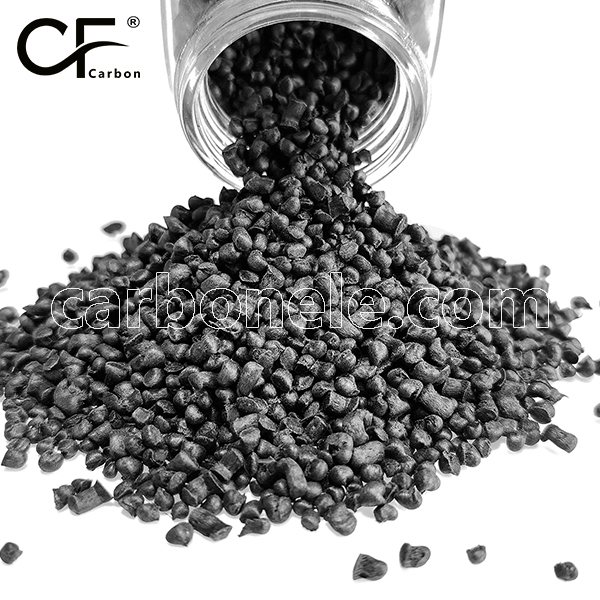
High Rigidity Talc Filled TPU-CF Raw Materials
Talc Filled TPU-CF Raw Materials, combining TPU, talc and carbon fiber, has good elasticity, wear resistance etc. With enhanced performance by talc and carbon fiber, it’s widely used and balances cost and performance.
Learn More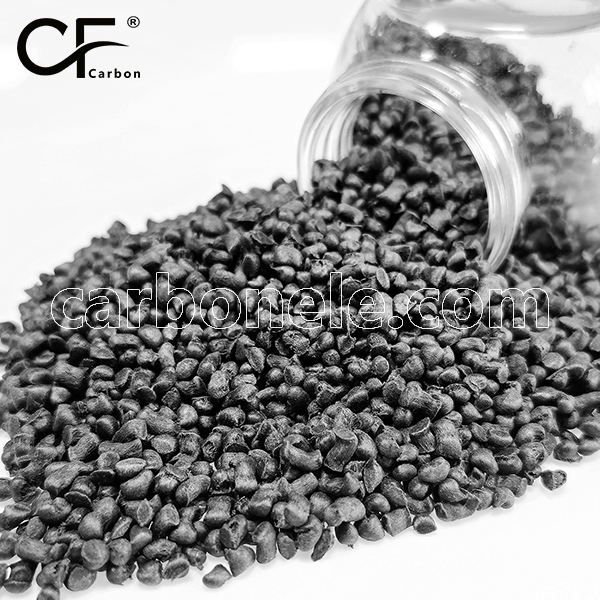
TPU GF CF Raw Materials for 3d Printing Filaments
TPU GF CF Raw Materials, combining TPU, GF and CF, have balanced performance. TPU offers flexibility etc., GF enhances stability, CF boosts strength, making it ideal for 3D printing in various fields.
Learn More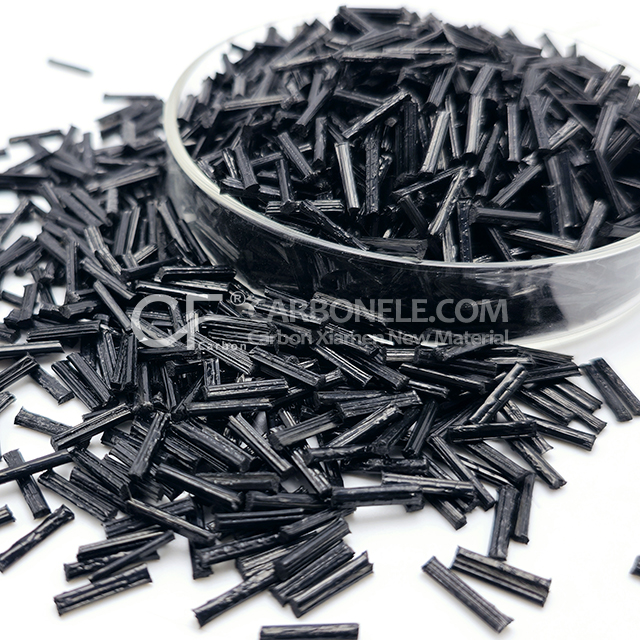
Long Carbon Fiber TPU Raw Material Pellets (TPU...
Long Carbon Fiber TPU Raw Material Pellets combine long carbon fibers with TPU. TPU is flexible, elastic, etc. Long carbon fibers enhance mechanical properties, boosting strength and stiffness.
Learn More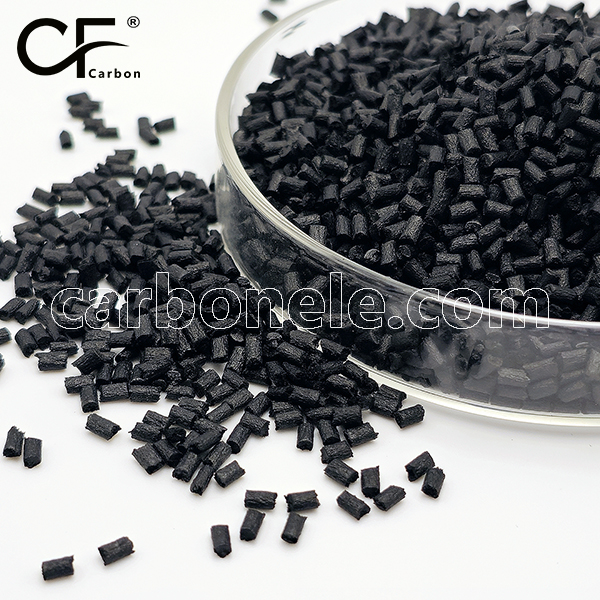
High Heat Stability PPA CF GF Plastic Raw Mater...
High Heat Stability PPA CF GF Plastic Raw Material Pellets have good heat stability, enhanced mechanical properties, chemical resistance and are easy to process, suitable for various industrial applications.
Learn MoreProduct Feature Box

CONDUCTIVE MATERIALS

SCRATCH RESISTANCE

ECO FRIENDLY

LIGHT WEIGHT

ANTI STATIC

HIGH STRENGTH

WEAR RESISTANCE

ABRASION RESISTANCE
Short CF Reinforced Series
Carbon fiber typically consists of very fine strands of carbon atoms, usually bundled together to form larger fibers. These fibers are incredibly strong and stiff, making them ideal for reinforcing materials in various applications, from aerospace components to sports equipment.
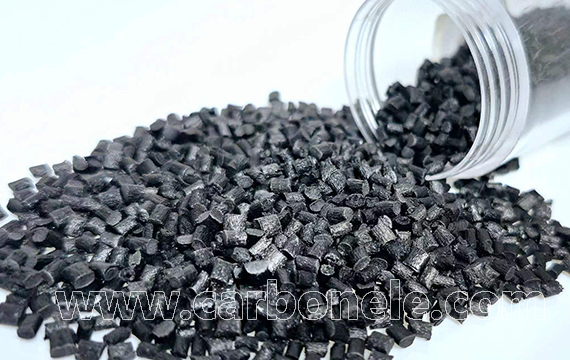
Long CF Reinforced Series
The main advantage of long carbon fiber over traditional carbon fiber is its ability to distribute loads more effectively and resist deformation under stress. This makes long carbon fiber composites particularly well-suited for applications requiring high impact resistance and structural integrity, such as automotive parts, where they can replace metal components while offering significant weight savings.
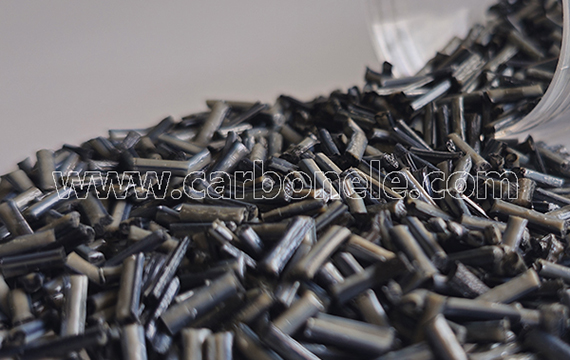
Quality Assurance

Excellent quality, guaranteed reputation: We are well aware of the importance of quality, so we always adhere to strict quality control and inspection processes to ensure that our products and services meet the highest quality standards. Our reputation is widely recognized in the industry, which is the result of our continuous efforts.

Customer first, service first: We know that customer satisfaction is the key to our success. Therefore, we always adhere to the principle of customer first and aim to provide services that exceed customer expectations. Our service team is always oriented to customer needs and provides personalized solutions.
Company Advantage

Modern Advanced Factory
Carbon (Xiamen) New Material Co., Ltd. provides customers with a variety of choices. We have always maintained close and good cooperative relationships with our customers, which gives our product prices an advantage in the market and allows customers to benefit from them.
Frequently Asked Questions
Carbon (Xiamen) New Material Co., Ltd. aims to provide buyers with "one-stop" worry-free high-quality services. Here you can find all information about carbon fiber engineering plastics. If you still have questions, please send us an email for consultation!
-
How can I contact the manufacturer of a product that interests me?
When you find a product you are interested in, you can contact the manufacturer directly by sending an email and we will get back to you as soon as possible.
-
How do I find the products that interest me?
All you need to do is enter the keyword, product name in the search window and press the Enter key on your keyboard. Your search results page will then be displayed. You can also search within the product category pages on the home page. Each category is divided into subcategories, allowing you to refine your search and find products that interest you.
-
Where will I find a buying guide?
Please contact our after-sales service directly and we will provide you with a comprehensive operating guide.
-
What are CF Reinforced Thermoplastic Composites?
CF Reinforced Thermoplastic Composites are materials where carbon fibers are incorporated into a thermoplastic matrix. They combine the strength and stiffness of carbon fibers with the processability and recyclability of thermoplastics. For instance, they are used in automotive parts like bumper beams.
-
What are the benefits of CF Reinforced Thermoplastic Composites over traditional composites?
The key benefits include faster production cycles, easier recyclability, and better impact resistance. They also offer design flexibility. An example is in the manufacturing of consumer electronics casings where complex shapes can be achieved more easily.
-
How are CF Reinforced Thermoplastic Composites processed?
Common processing methods include injection molding, extrusion, and compression molding. Injection molding is widely used for mass production. For example, in the production of small components for the medical industry.
-
What industries use CF Reinforced Thermoplastic Composites?
They are utilized in aerospace, automotive, medical, and sports equipment industries. In aerospace, they can be found in interior components. In the medical field, they might be used in prosthetics.
-
How does the carbon fiber content affect the properties of the composites?
Higher carbon fiber content generally leads to increased strength and stiffness but may reduce ductility. A moderate content is often balanced for specific applications. For example, a higher content might be preferred in structural parts of a race car.
-
What are the challenges in using CF Reinforced Thermoplastic Composites?
Challenges include higher material costs, complex processing equipment requirements, and ensuring uniform fiber dispersion. Issues with adhesion between the fibers and the matrix can also arise. An example is in achieving consistent quality in large-scale production.










